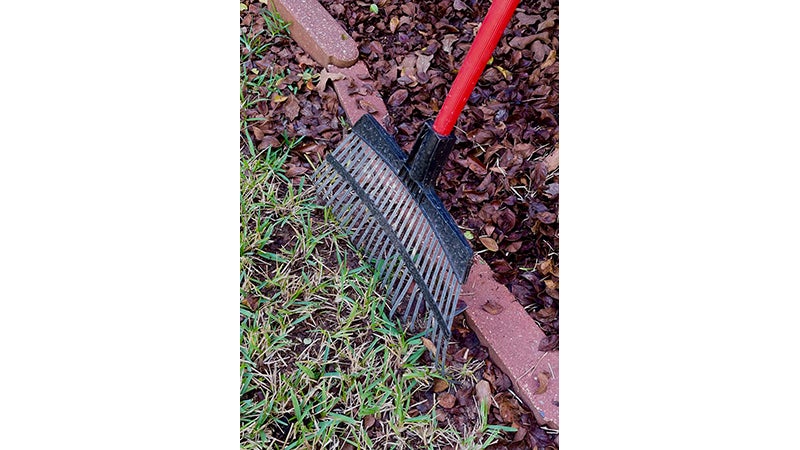Dealing with Autumn leaves
Published 10:00 am Sunday, November 14, 2021
|
Getting your Trinity Audio player ready...
|
Autumn leaves are a’falling fast, splitting gardeners into camps on how to handle them. I am of three minds.
Before sharing my thoughts, based on research, garden ecology, and a twisted sense of what looks good or not tempered by a big dollop of lazy, let me break down the most basic things done by all gardeners worldwide.
After decades of horticultural advising and personal home gardening, I have winnowed down what I actually do the most in my own garden to just these four things: Choose good, appropriate-size plants in the first place, dig wide holes, spread roots out before covering them with native dirt, and spread mulch over the ground to protect and improve the dirt.
Watering? Sure, if and only when it is needed. Fertilizing? Okay, but look around in the woods and note that fallen leaves do that, too. Pruning? See rule number one.
Though I love my many unusual plants including heirloom, native, and alluring new horticultural gems, there are many dozens of beautiful plants that need little or no care at all, if planted right. I’m reminded of this every time I see the many dozens of garden-worthy native trees, shrubs, vines, herbaceous perennials and annual wildflowers flourishing in fields and forests in all sorts of soils and conditions. And there are many imported species thriving around neglected homes, school yards, and even in cemeteries. Too many gardeners coddle these plants to death.
When it comes to digging holes, wide is better than deep. This helps new roots grow outward quickly; it also helps to rough up smooth hole bottoms and walls created by shovels or tillers, but I’m intrigued with the simple “dig a square hole” trend.
No need to add anything to your native dirt, unless it is serious clay that stays wet and dries hard, or poor sand that won’t hold nutrients or water very long. However, adding a little organic stuff like chipped bark, compost, or the like can temporarily fluff up even the worst soil, enough for roots to get started. Don’t overdo it; think “one or two handsful of crumbled crackers to a bowl of chili” and you have the proportion concept down pat.
After spreading roots and planting a little on the high side for better drainage and to allow for settling, I’m done. Most plants can take it from there.
But to help keep things going, protect and feed the soil. Cover the ground with any kind of organic matter that breaks down quickly and, with the help of earthworms, tunnels its way deep around roots, allowing water and air and roots to penetrate better. This is how Mother Nature does it in the woods and fields, constantly replenishing the stuff that gets used up.
While pine straw looks good, is fairly inexpensive, and resists washing away on slopes, it takes forever to break down; I prefer fast-acting chopped tree leaves, compost, and manure, topped with prettier, longer-lasting chipped or shredded bark or hardwood (I avoid unsustainable cypress mulch). And BTW I never use soil-suffocating landscape fabrics. Ever.
This is a great time to do all this, with falling leaves piling up quickly. The three basic approaches I use are: Mowing into the lawn to recycle nutrients, raking underneath shrubs and between trees (love how my rake feels and sounds), and neatly piling the rest where so they can compost for needier flower and vegetable beds. A leaf pile is a badge of ecological and gardening honor.
These simple tips help plants grow better, save time and effort, and keep landfills free for less recyclable stuff.
Felder Rushing is a Mississippi author, columnist, and host of the “Gestalt Gardener” on MPB Think Radio. Email gardening questions to rushingfelder@yahoo.com.






